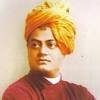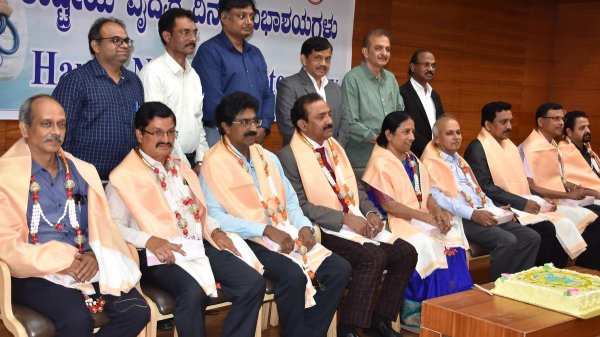National_Doctors'_Day
National Doctors' Day is a day celebrated to recognize the contributions of physicians to individual lives and communities. The date varies from nation to nation depending on the event of commemoration used to mark the day. In some nations the day is marked as a holiday. Although supposed to be celebrated by patients in and benefactors of the healthcare industry, it is usually celebrated by health care organizations. Staff may organize a lunch for doctors during which physicians are presented with tokens of recognition. Historically, a card or red carnation may be sent to physicians and their spouses, along with a flower being placed on the graves of deceased physicians.
The first Doctors’ Day observance was March 28, 1933, in Winder, Georgia, United States. This first observance included the mailing of cards to the physicians and their wives, flowers placed on graves of deceased doctors, including Dr. Long, and a formal dinner in the home of Dr. and Mrs. William T. Randolph. After the Barrow County Alliance adopted Mrs. Almond's resolution to pay tribute to the doctors, the plan was presented to the Georgia State Medical Alliance in 1933 by Mrs. E. R. Harris of Winder, president of the Barrow County Alliance. On May 10, 1934, the resolution was adopted at the annual state meeting in Augusta, Georgia. The resolution was introduced to the Women's Alliance of the Southern Medical Association at its 29th annual meeting held in St. Louis, Missouri, November 19–22, 1935, by the Alliance president, Mrs. J. Bonar White. Since then, Doctors' Day has become an integral part of and synonymous with, the Southern Medical Association Alliance.
Movies
Happy Doctors' Day from Osmosis.org!
2021-03-31 14:45:02 UTC
We'd like to give special recognition to all the hard working doctors around the world. National Doctors' day started in Winder, ...
Happy National Doctors Day
2021-03-30 15:51:20 UTC
In honor of National Doctors Day we would like to thank all of our Yale Medicine physicians for the their contributions to taking ...
Happy Doctors' Day
2020-03-30 14:54:35 UTC
Each and every day, Baystate Health doctors go above and beyond for their patients. During these challenging times, they're ...
Apollo Hospitals | Happy Doctor's Day!
2019-07-01 07:19:24 UTC
Apollo Hospitals salutes the selfless spirit that sets Doctors apart. Today, on Doctors' Day we remind ourselves of the ideals we ...
National Doctor's Day
2019-03-26 18:01:47 UTC
Thank you to our more than 2000 physicians for the care you give to the millions of patients seen at Texas Children's each year.
India - Trends

Cochin Shipyard Share Price
2024-07-04 07:00:00 UTC

TS EAMCET
2024-07-04 06:00:00 UTC

US Independence Day
2024-07-04 06:00:00 UTC

Champai Soren Jharkhand
2024-07-04 02:00:00 UTC

Swami Vivekananda
2024-07-04 02:00:00 UTC

Hemant Soren
2024-07-03 16:00:00 UTC

HDFC Bank share
2024-07-03 14:00:00 UTC

Koo
2024-07-03 12:00:00 UTC

World championship of legends
2024-07-03 12:00:00 UTC

Stampede in Hathras
2024-07-03 09:00:00 UTC





